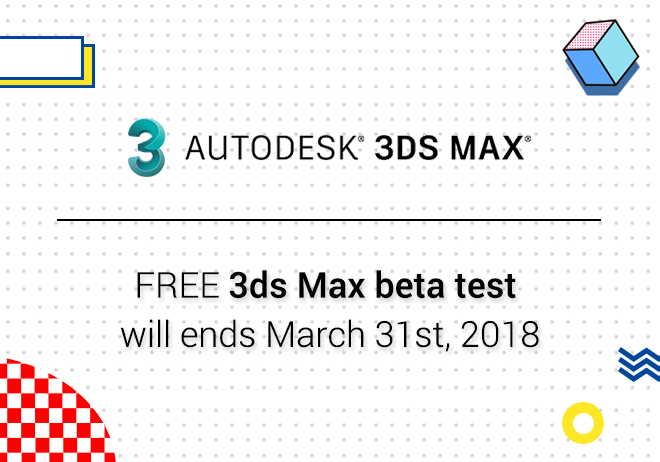
Renderwow
1. What 3D modelling programs do you use?
I use a variety of programs for several different projects,3D Studio max, Zbrush, Rhinoceros, Revit, Autocad, World Machine, Sketchup
1.B I also use various rendering software and material creation packages to create my work. Most noteably Quixel, Crazy bump, Unreal Engine, and Unity, V-ray, Keyshot, and Marmoset Toolbag 3
2. Is there a program you prefer above everything else?
I prefer 3Ds max for my architecture work, and zbrush for everything else that requires more detail and realism
3. What rendering software do you use, and why?
I tend to lean towards V-ray as my rendering software, Marmoset is great for quick small renders, and Keyshot for product design and rendering but v-ray is a sledgehammer that tackles all that you need.
4. Through your years what was your most memorable project?
Two projects come to mind, as one lead my career to Arch Viz and the other my entry into advertising and design. The first one was a design build competition for a firm that hired me to show their designs for a Denver Distillery. In particular it was probably my most difficult work I completed at the time but I also got to recreate their whiskey delivery truck, an old 1939 Dodge barrel truck. The second, an advertising for bicycling company which unfortunately didn’t go to print but allowed me to recreate a French City. This was by far my favorite creation that I have done as the budget allowed for me to really take my time and get into creating a wonderful look and feel to my models.
5. Where do you see yourself 5 years from now in this industry?
In five years I hope to have been able to teach more at my alma mater the University of Colorado Boulder, where I teach rendering and rhinoceros to architecture and design students. Beyond that I hope to get more into 3D printing advanced models and parts for the design and sculpture realm as I feel that this will develop into a part of my everyday work. Hopefully in that five year time I will find the time to work more on my game as well!
6. Any tips you can offer to artists out there that can help them in this industry?
Out create your competition, make reference boards, work till it hurts, don’t stop learning.
Artists can be a dime a dozen and as an individual artist that means out creating your competition. I’ve seen an increase in the years of clients requiring more and more out of any worker that they hire across every industry. As a result, you want to show not only that you can outperform your fellow artists but also do so while creating the best. This is a taxing lifestyle and its not for the faint of heart but with sheer will and determination I truly believe you can accomplish any goal
Another item I can not stress enough is the creation of a good reference board. Good design is good research use what other individuals have created around you and use them as a loose setting and influence for your design. Improvement can only come by learning from others greater then yourself and I like to remind myself of this every time I work on something new.
Don’t. Stop. Learning.
If you feel you’ve crashed into a creative roadblock as I certainly do from time to time, it probably means you need to change a few things up and learn from some greats. I have a large repository of tutorials and classes that I constantly go back to as I know there is always more to learn. Innovate when possible with new software or try something different in your process. Sure its going to suck up your free time now but creating something new and different from what you learned and adding it to your skillset makes you more valuable and hopefully helps towards your goals.
fortune favors the bold, and never the content.
7. Is there anything you would do differently in the past that would help the way you design now?
Handling team projects in a more constructive way and helping more people grow as artists.
I wish that I had a better ability to play well with others in the past. Eventually you will come across situations with individuals that you work great with and others that don’t quite fit your design abilities as they assist or work beside you on a project. As a person I’ve tried my best to rise to every occasion and work the best I can with someone but sometimes situations arise that can cost a project or cost a working relationship. My advice in this situation is to do the best you can and compromise when you can, but also don’t let the later and at times toxic individual walk all over you and your work. Shrug off these situations, learn from them and grow if possible. Hopefully in time you’ll find a workplace that provides a variety of artists that both help you grow and learn, that you can equally reciprocate for your fellow teammates.
8. What is your favorite place to get your textures from?
I really enjoy textures.com and inputting them through crazybump, but so far the quixel engine and megascans provide a large variety of materials and texture options.
9. Have you got inspiration from other artists? If so, who?
I am a huge fan of a few artists, to name a few, Ian Mcque, Gareth Davies, Jake Parker for some modern-day artists. Eyvind Earle, and Theodor Seuss Geisel for classical